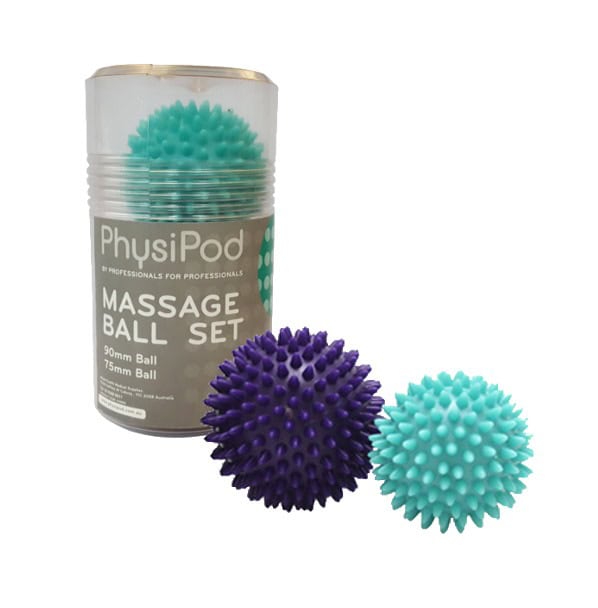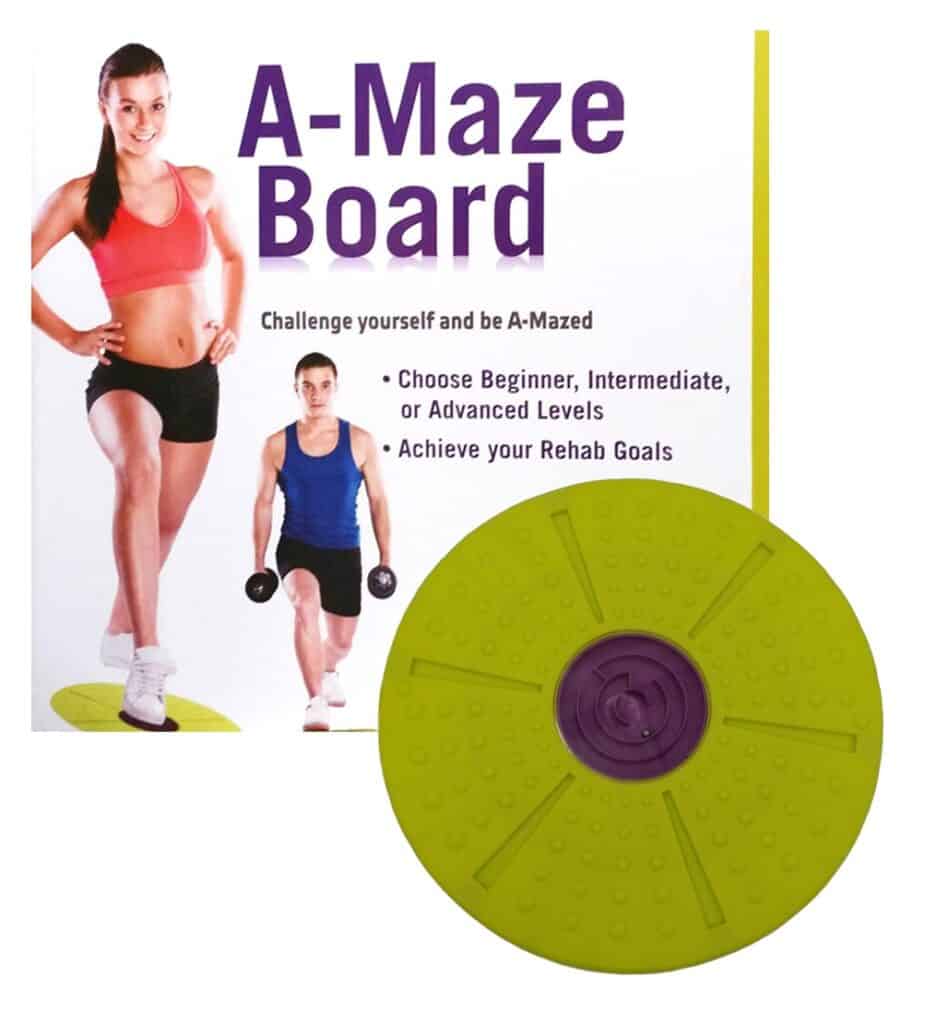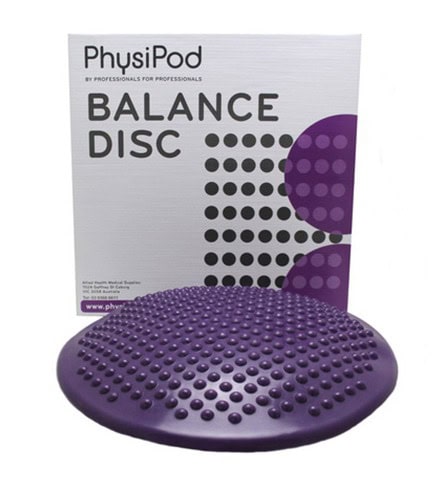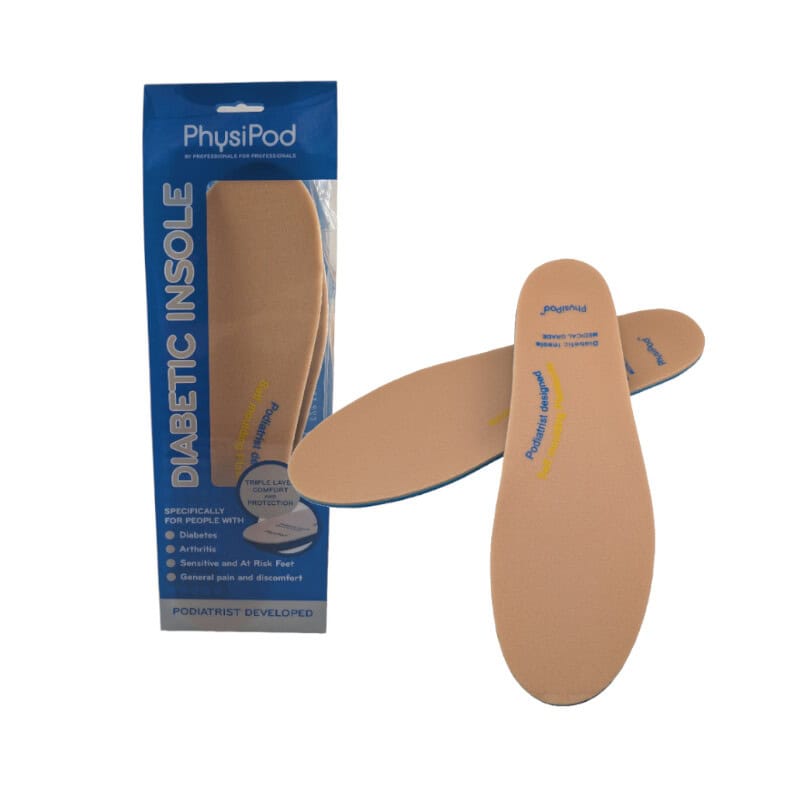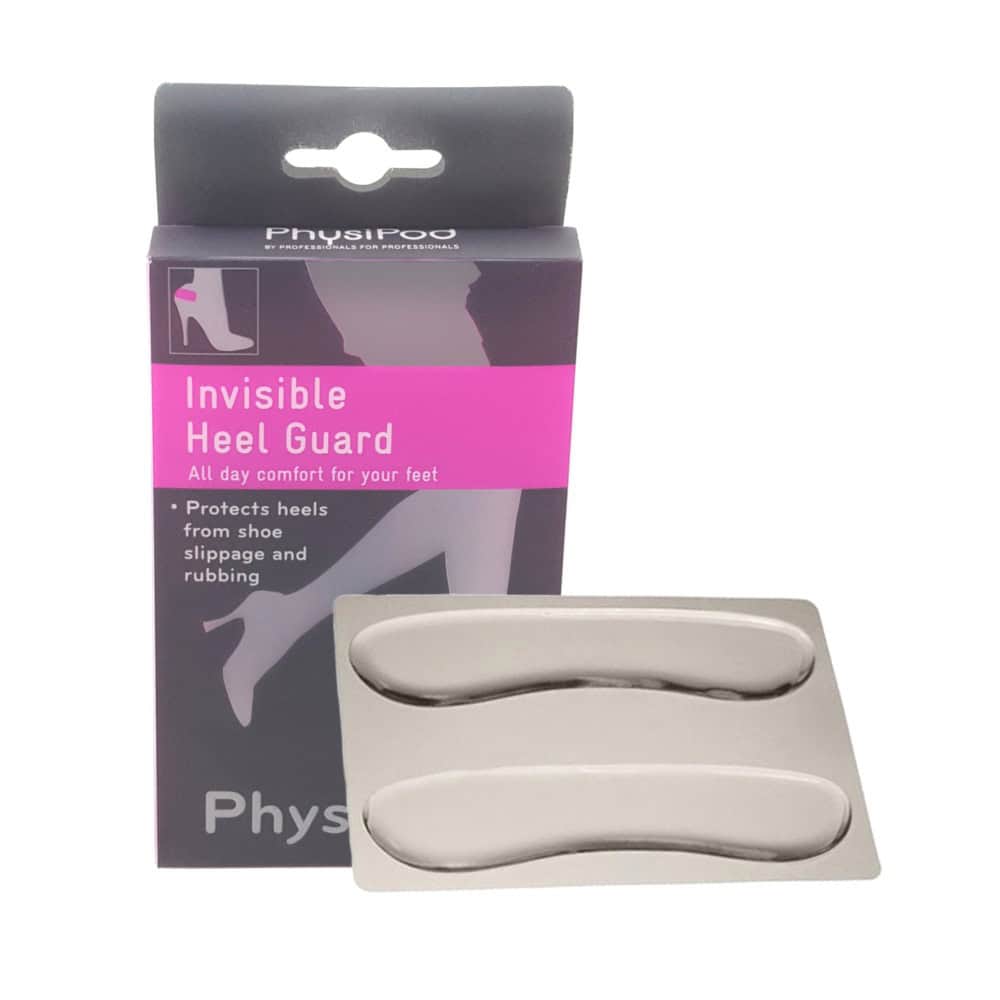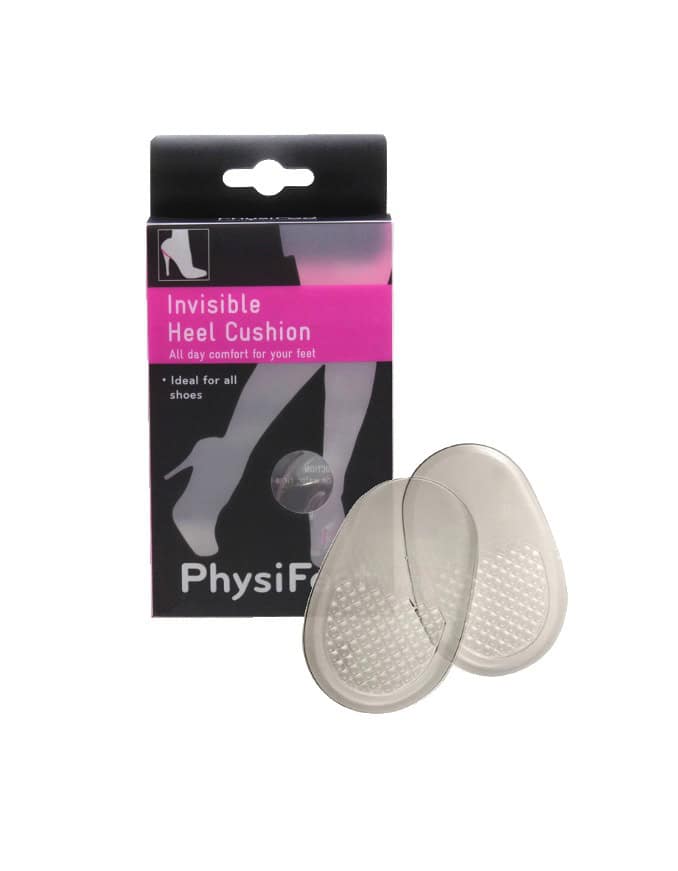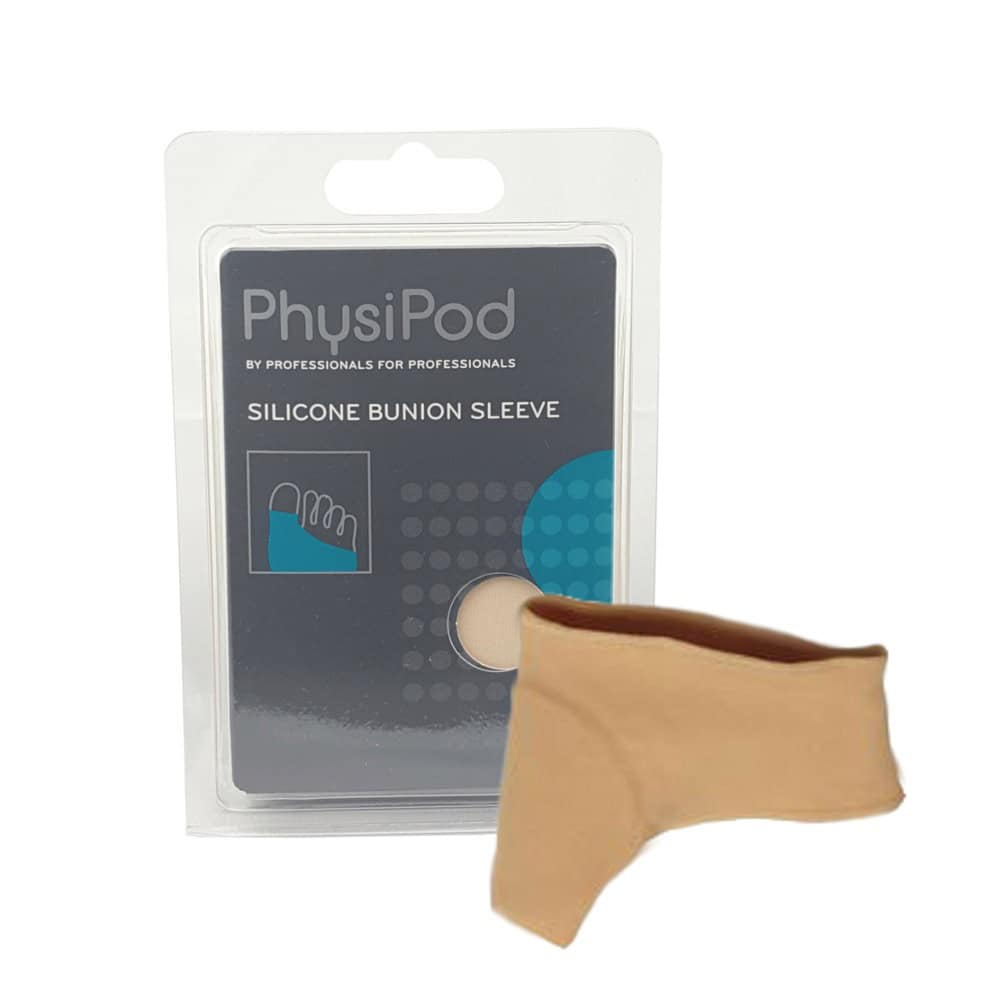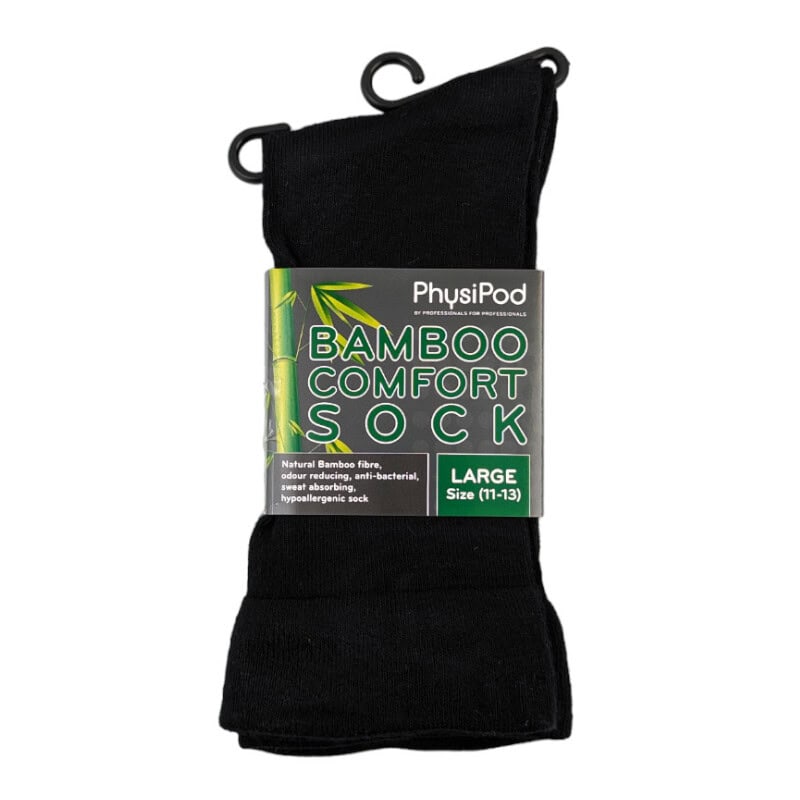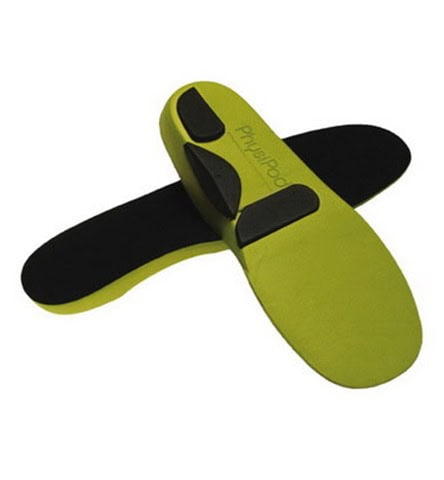
The Ultimate Guide to Orthotics: Benefits, Types, and How to Choose the Right One for You
Orthotics
In today’s fast-paced world, our feet often bear the brunt of our daily activities. From standing and walking to running and sports, our feet are the foundation of our mobility. However, many people suffer from foot pain, discomfort, and various conditions that affect their quality of life. This is where orthotics come into play. Orthotics are custom-designed shoe inserts that provide support, alleviate pain, and improve foot function. In this comprehensive guide, we will explore the benefits of orthotics, the different types available, and how to choose the right one for your needs.
What Are Orthotics?
Orthotics are specially designed insoles or inserts that are placed inside your shoes to correct biomechanical issues, provide support, and enhance comfort. They can be used to treat a variety of foot problems, including flat feet, plantar fasciitis, bunions, and more. Orthotics are not just limited to those with existing foot problems; they can also be used as a preventive measure to maintain healthy feet and avoid future issues.
Benefits of Orthotics
- Pain Relief One of the primary benefits of orthotics is pain relief. Foot pain can stem from various conditions such as plantar fasciitis, heel spurs, or arthritis. Orthotics provide the necessary support to alleviate pressure on specific areas of the foot, reducing pain and discomfort.
- Improved Foot Function Orthotics help in correcting abnormal foot mechanics, such as overpronation (excessive inward rolling of the foot) or supination (outward rolling). By aligning the foot properly, orthotics improve overall foot function, which can enhance mobility and performance in daily activities and sports.
- Enhanced Comfort Custom orthotics are designed to fit your feet perfectly, providing superior comfort compared to over-the-counter insoles. They are made from high-quality materials that cushion the feet, reduce friction, and absorb shock, making walking and standing more comfortable.
- Prevention of Foot Problems By providing proper support and alignment, orthotics can prevent the development of common foot problems. For individuals with a history of foot issues or those at risk, using orthotics can be a proactive step in maintaining foot health.
- Support for Various Conditions Orthotics are beneficial for a wide range of conditions, including:
- Flat feet
- Plantar fasciitis
- Bunions
- Heel spurs
- Arch pain
- Diabetic foot complications
- Sports injuries
Types of Orthotics
Orthotics come in various types, each designed to address specific needs and conditions. Understanding the different types can help you choose the right one for your situation.
- Rigid Orthotics Also known as functional orthotics, these are made from firm materials such as plastic or carbon fiber. Rigid orthotics are designed to control motion and correct biomechanical issues in the feet. They are typically used to treat conditions like overpronation, supination, and alignment problems. These orthotics are ideal for individuals who need significant support and stability.
- Soft Orthotics Soft orthotics, or accommodative orthotics, are made from cushioned materials that provide added comfort and support. They are often used to relieve pressure on sensitive areas of the foot and to treat conditions such as diabetic foot ulcers, arthritis, and plantar fasciitis. Soft orthotics are particularly beneficial for individuals who require additional cushioning due to sensitive or painful feet.
- Semi-Rigid Orthotics Semi-rigid orthotics offer a balance between support and flexibility. They are made from a combination of soft and rigid materials, providing moderate control and comfort. These orthotics are commonly used by athletes and active individuals who need support during physical activities while maintaining a degree of flexibility.
- Custom Orthotics Custom orthotics are specifically designed to fit the unique shape and contours of your feet. A podiatrist or orthotist will create a mold of your feet and design orthotics tailored to your specific needs and conditions. Custom orthotics offer the best fit and support, addressing individual foot mechanics and providing maximum benefits.
- Over-the-Counter Orthotics These are pre-made orthotics that can be purchased without a prescription. While they are more affordable than custom orthotics, they may not provide the same level of support and comfort. Over-the-counter orthotics can be a good option for mild foot issues or as a temporary solution, but for more severe conditions, custom orthotics are recommended.
How to Choose the Right Orthotics
Selecting the right orthotics involves considering several factors, including your specific foot condition, lifestyle, and personal preferences. Here are some steps to help you make an informed decision:
- Consult a Professional The first step in choosing orthotics is to consult a healthcare professional, such as a podiatrist or orthotist. They can assess your foot condition, gait, and overall biomechanics to determine the most suitable type of orthotic for you. A professional evaluation ensures that you receive the right level of support and correction.
- Consider Your Foot Condition Different foot conditions require different types of orthotics. For example, if you have flat feet, you may need orthotics that provide arch support and control overpronation. If you suffer from plantar fasciitis, orthotics with extra cushioning and heel support may be necessary. Understanding your specific condition will guide you in choosing the right orthotic.
- Evaluate Your Lifestyle Your daily activities and lifestyle play a crucial role in selecting orthotics. If you are an athlete or engage in high-impact activities, you may need semi-rigid orthotics that offer both support and flexibility. For individuals who spend long hours standing or walking, soft orthotics with added cushioning can provide the necessary comfort.
- Custom vs. Over-the-Counter Deciding between custom and over-the-counter orthotics depends on the severity of your foot condition and your budget. Custom orthotics offer a personalized fit and are ideal for individuals with specific needs or chronic foot problems. Over-the-counter orthotics are more affordable and can be suitable for mild issues or as a temporary solution.
- Material and Durability Orthotics come in various materials, each with different levels of support and durability. Rigid orthotics are made from firm materials like plastic or carbon fiber and provide long-lasting support. Soft orthotics are made from cushioned materials that offer comfort but may need to be replaced more frequently. Consider the material and how it aligns with your needs and lifestyle.
- Proper Fit Ensuring that your orthotics fit properly is crucial for their effectiveness. Ill-fitting Three Quarter Orthotic can cause discomfort and may not provide the desired benefits. When trying orthotics, make sure they fit snugly in your shoes without causing pressure points or slipping. Custom orthotics, designed specifically for your feet, usually offer the best fit.
- Trial and Adjustment Period It’s important to note that it may take some time for your feet to adjust to new orthotics. Initially, you may experience slight discomfort as your feet adapt to the support and alignment. Gradually increase the time you wear your orthotics each day, and follow any specific instructions provided by your healthcare professional. If discomfort persists, consult your provider for adjustments.
Caring for Your Orthotics
Proper care and maintenance of your orthotics can extend their lifespan and ensure they continue to provide the necessary support and comfort. Here are some tips for taking care of your orthotics:
- Regular Cleaning Clean your orthotics regularly to keep them fresh and free from bacteria. Use a mild soap and warm water to wipe them down, and allow them to air dry completely before placing them back in your shoes. Avoid using harsh chemicals or submerging them in water.
- Check for Wear and Tear Inspect your orthotics periodically for signs of wear and tear, such as cracks, flattening, or loss of support. Over time, orthotics may lose their effectiveness and need to be replaced. If you notice any damage, consult your healthcare provider to determine if a replacement is necessary.
- Proper Storage Store your orthotics in a cool, dry place when not in use. Avoid exposing them to excessive heat or moisture, as this can damage the materials and reduce their lifespan. If you have multiple pairs of shoes, consider having separate orthotics for each pair to avoid constant swapping and potential wear.
- Follow Manufacturer’s Instructions Adhere to any specific care instructions provided by the manufacturer or your healthcare provider. This may include guidelines on cleaning, usage, and replacement intervals. Following these instructions will help you get the most out of your orthotics.
Conclusion
Orthotics play a vital role in maintaining foot health, alleviating pain, and improving overall mobility. Whether you have a specific foot condition or simply want to enhance your comfort and support, orthotics can make a significant difference. By understanding the benefits, types, and how to choose the right orthotics, you can make an informed decision that aligns with your needs and lifestyle. Remember to consult a healthcare professional for personalized advice and recommendations, and take proper care of your orthotics to ensure they continue to provide the support you need. Your feet are the foundation of your mobility, and investing in the right orthotics can lead to a healthier, more comfortable life.


